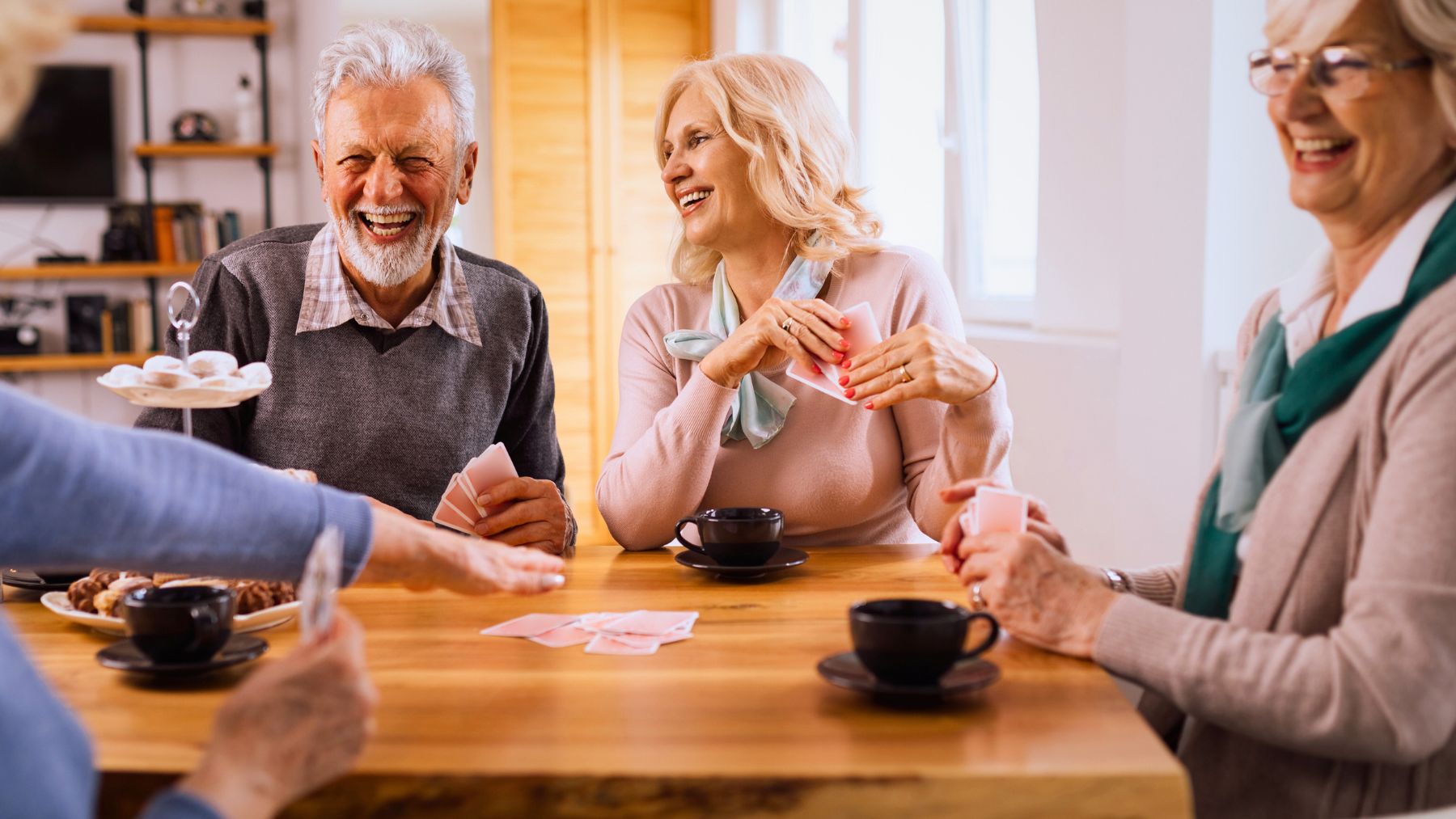Loneliness during the retirement period is an issue that can affect your health. While staying home with a book or the TV might help you pass the time, it’s not the kind of connection older adults need. That’s why the National Institute on Aging (NIA) recommends something different to help prevent social isolation.
One suggestion from the NIA stands out for its simplicity: get to know your neighbors. According to the institute, making the effort to connect with people nearby can help reduce feelings of loneliness and build a stronger sense of community. Here, we’ll look at why that matters, how to take the first step, and in which other ways older adults can stay socially connected.
Get to know your neighbors to avoid loneliness
The NIA highlights neighborly connections as a meaningful way for older adults to stay engaged. It’s focused not on big events but on small, everyday interactions that remind you you’re part of something.
Saying hello on the sidewalk, stopping for a short chat at the mailbox, or checking in with someone who lives alone can open the door to real relationships. The key is regular contact. When you know the people around you, you’re more likely to feel supported, noticed, and valued. And when something goes wrong, it’s comforting to know someone nearby might check in or lend a hand.
This kind of contact doesn’t replace deep friendships or family, but it can reduce the sense of isolation that sometimes sets in after retirement, the loss of a spouse, or a move. It can also be a stepping stone to other social activities, whether that’s a neighborhood walk, a coffee group, or helping organize an event. You don’t have to force a friendship, just be open and consistent.
Other ways older adults can stay connected after 65
Getting to know your neighbors is a good place to start, but it’s not the only way to stay socially active. The NIA points to several simple actions older adults can take to keep loneliness in check:
- Use technology to stay in touch. Video calls, texts, and voice messages can help bridge the distance with family and friends. If you’re unsure how to use the tools, ask someone to walk you through them.
- Join a local group. Whether it’s a walking club, book circle, or community choir, group activities help create regular social routines and give you something to look forward to.
- Volunteer your time. Helping others can boost your mood and give you a sense of purpose. Try local schools, food banks, hospitals, or senior services.
- Stay active in your faith community. Religious or spiritual groups often offer more than just services. Many have social events and ways to connect during the week.
- Talk to your doctor. If loneliness is affecting your health or mood, it’s worth bringing it up. There may be local programs or support options you’re not aware of.
Loneliness and social isolation are common during retirement, but they’re not something you have to live with. The small decision to say hello to a neighbor can help you feel more connected and supported.

